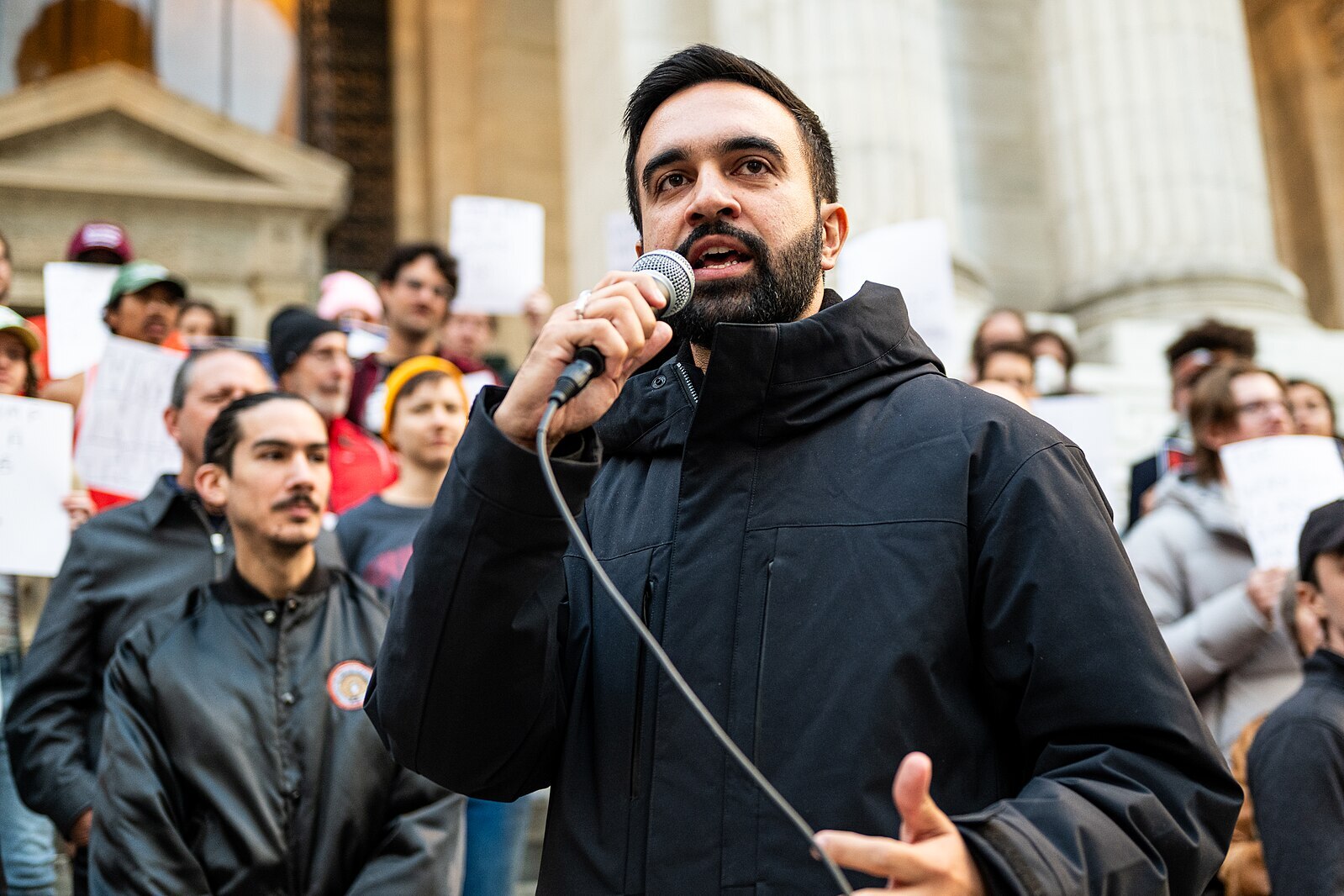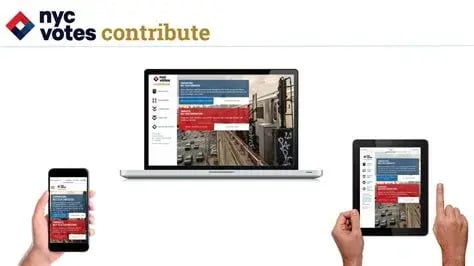
NYC Votes Contribute by Method, as published in UX Magazine, July 3, 2013
Written by Art Chang. Edited by Dan Getelman, Hendrick Townley, Jaime-Jin Lewis, and Sarah Evans. Thanks to the rest of the Tech Mayor project for feedback and advice.
The tools exist. The talent is available. The model is proven. What’s needed is the leadership to create the conditions for success — and the courage to see it through.
The Mission at Risk
When Mayor Michael Bloomberg appointed me to the New York City Campaign Finance Board (the “CFB”) in July 2009 as the first technologist on the Board, the agency’s core mission was at risk.
Candidates told others not to bother running as nearly every campaign was hit with alleged violations for credit card reporting. Instead of removing the impact of big money in elections, critics said only candidates who could afford lawyers should run. Candidates had to track down donors for records, sometimes years after a campaign. Auditors strained under the workload. And the Board, who decided on all alleged violations, were trapped in meetings that sometimes ran for hours.
Furthermore, no funding existed for the typical government transformation process: consulting to create a specification of the work to be done; running a vendor bidding process; and project managing a lengthy project certain to have cost and time overruns.
The very system designed to encourage democratic participation was deterring it. In Albany, opponents of statewide matching funds programs pointed to NYC’s bureaucracy as a cautionary tale.
The Catalyst
At one Board meeting, I asked: if Amazon could process millions of credit card transactions cleanly, why couldn’t NYC process mere thousands? “In this day and age, it makes no sense,” the Board agreed. The Board empowered me to work with CFB Executive Director Amy Loprest to craft a path forward with significant constraints: no increases to the overall CFB budget; no regulatory changes; and limited internal staff time to avoid disruptions to day-to-day operations.
Addressing Root Causes, Not Symptoms
Too many government technology efforts focus on curing symptoms. A system is slow? Buy faster servers. Users are confused? Add more training. Audits take too long? Hire more auditors.
We took a different approach. We asked: What’s the root cause?
The symptom was credit card violations plaguing every campaign. But the root cause was deeper: the regulations were written for a paper-based world, and we were trying to force digital transactions into an analog compliance framework.
No amount of training, staff increases, or incremental improvements would fix that fundamental mismatch.
The Transformation
CFB Executive Director Amy Loprest saw the problem and had the courage to pursue an audacious solution: build compliance into the technology itself.
So we created NYC Votes Contribute, a mobile-first app that allowed users to donate to candidates, while invisibly handling the necessary compliance behind the scenes. Instead of focusing on the symptoms, we attacked the root cause: we redesigned how compliance worked by translating regulations into code. This eliminated the friction between how people naturally wanted to contribute (online, with credit cards) and how the system required them to document those contributions (paper receipts, manual tracking). We put it out of view of users, both candidates and donors, by creating an interface so user-friendly that users would hardly notice the compliance.
The Timeline
2009: Assembling the team and ideation.
2010: The project began, starting with interviewing users and key stakeholders, designing the interface and working on the compliance layer and the backend.
2013: NYC Votes Contribute went into production for the 2013 citywide elections, offered to candidates on a voluntary basis.
2016: Full production deployment for the 2017 citywide elections.
The Results
By the 2017 citywide elections, 235 candidates were on the ballot — a significant increase in participation from 2009.
For the first time, nearly every campaign using the NYC Votes Contribute tool did so without allegations of credit card violations.
Candidates raised over 27,000 contributions totaling nearly $4.4 million through the platform. For the first time in the program’s history, more contributions were made by credit card than by check. And those credit card contributions — once the source of endless compliance headaches — were now processed cleanly, automatically, with compliance built into the backend.
Confidence in the CFB program increased. The barrier to entry for candidates dropped. More ordinary New Yorkers felt they could run for office without drowning in compliance paperwork.
What Made It Work
The NYC Votes transformation succeeded because of several key principles:
Mission clarity: We knew exactly what success looked like — eliminate credit card violations while increasing candidate participation — that aligned all stakeholders from Board to staff to end users.
Expert teams: We assembled deep domain expertise in campaign finance, design, engineering, and program management. Eric Friedman orchestrated the internal and external teams brilliantly.
Collaborative culture: CFB staff and external consultants worked as peers, not clients and vendors. This was true co-development with continuous knowledge transfer.
Sustainability planning: From day one, we designed for CFB staff to own and maintain the platform long-term.
Open architecture: We used industry-standard, open-source technologies that any developer could maintain.
Regulations as code: Instead of waiting for regulatory reform, we translated existing regulations into software, making compliance automatic and invisible to users.
True integration: NYC Votes Contribute wasn’t a bolt-on — it was fully integrated into CFB’s systems, making it the path of least resistance for campaigns.
Mission Accomplished
By 2017, 94% of candidates were using NYC Votes Contribute. The platform handled one of every three private dollars raised in city elections. Credit card violations — once a crisis threatening the CFB’s mission — had virtually disappeared.
More importantly confidence in the system increased, and more New Yorkers felt empowered to run for office. That’s democracy strengthened.
Digital transformation in government isn’t fundamentally about technology. It’s about organizational transformation enabled by technology. None of the success factors were technical breakthroughs — they were organizational and leadership challenges.
In our next post, I’ll share what any new administration can replicate from this story, what they can’t, and why the “gift economy” model we used is both powerful and dangerous as a template for government technology.
This transformation would not have been possible without the vision and courage of the CFB Board and CFB Executive Director Amy Loprest, the orchestration and leadership of Eric Friedman, and the contributions of many others including Rob Mee, Edward Hieatt, Josh Knowles, Michael Schubert, Sam Coward, Joe Masilotti, David Lipkin, Mehera O’Brien, Andi Cheung, Narguess Noshirvani, Rusty Monro, Baykal Askar, Michael Carlson, Samantha Perez, Chris Dragotakes, Daniel Grippi, Evan Goodberry, Maria Rabinovich, Joe Leo, Matt Sollars, Onida Coward Mayers, and the teams at Def Method, Pivotal Labs, Method, and Tipping Point Partners.
I am a member of the Tech Mayor project, a group of civic tech people advocating that NYC build government tech in-house for a more affordable, faster, and fairer city. Interested in following our work? Join our mailing list to stay up to date.




